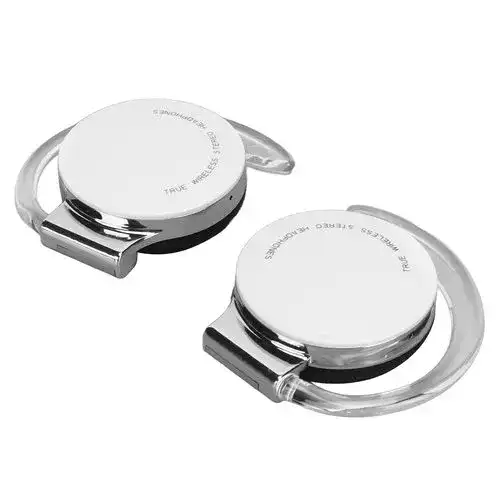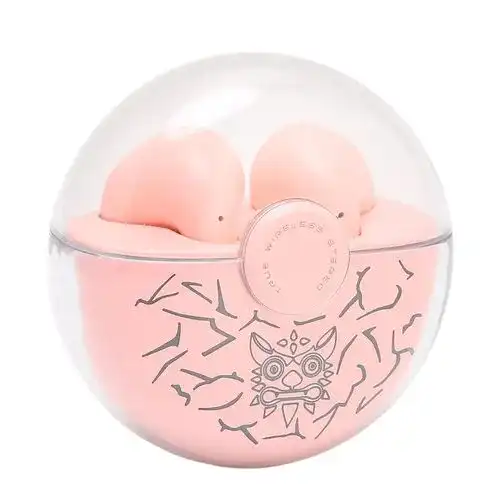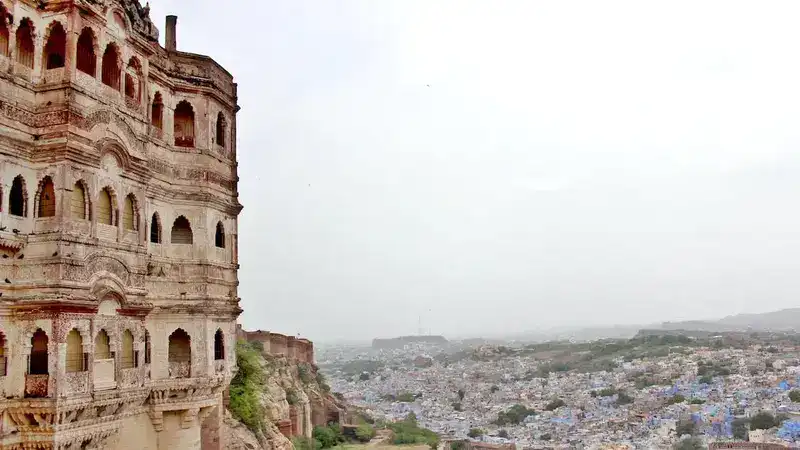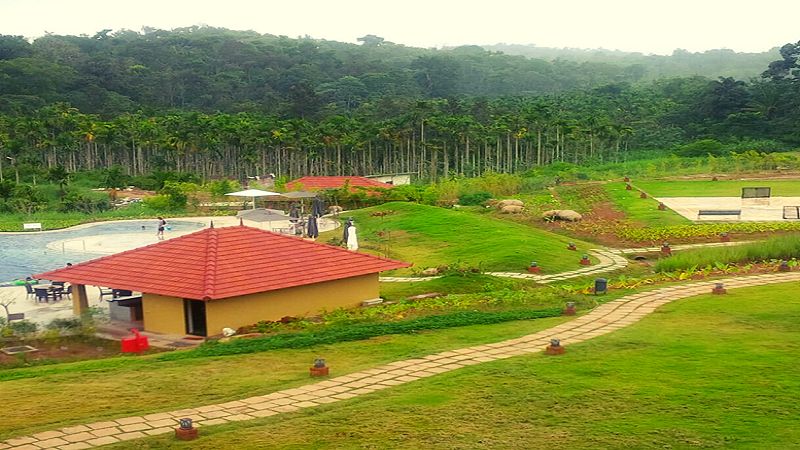Rajasthan - Experience the land of Kings with its old-world hospitality
The largest state of India, lying to the northwest of the country, is Rajasthan, the land of erstwhile nobles and royals and home to 45 grand forts. This land of Rajas or Kings is completely different from what one can experience at any other tourist destination. Beyond the exotic Rajasthani dishes, vividly colored folk dresses, variation of landscapes from Mount Abu, Rajasthan’s only hill-station to the Thar Desert, India’s only arid desert region, you cannot give this place a miss for all its architectural beauties.
Thanks to intricate man-made additions, the land is a colorful kaleidoscope. The Pink City or Jaipur, the Blue City or Jodhpur, the White City or Udaipur, and the Purple City or Jhalawar. The Hill Forts of the state include the Amer Fort, Jaisalmer Fort, Mehrangarh Fort, Ranthambore Fort, Chittor Fort, Gagron Fort, and the Kumbhalgarh Fort – these are all UNESCO World Heritage Sites. India’s signature ultra-luxury train, the Palace on Wheels, operates exclusively in Rajasthan. It is home to the only temple in the world dedicated to Lord Brahma in Pushkar. The haunted fort of Bhangarh, the very popular International Camel Fair at Bikaner, the Dilwara Temple at Mount Abu, the Pushkar Camel Fair, Hawa Mahal of Jaipur with 953 windows, Jantar Mantar in Jaipur are all some hotspots for tourists here. Its rich culture and historical old-world charm can be felt across the nook and corner of the state.
Be it the Kachchi Ghodi dance form, Ghoomar dance, or Bhavai dance, the innate grace of the folk dances are all soaked in traditions and customs. But, that’s not all! Rajasthan has an equal share of natural flora and fauna. There are at least five national parks and twenty-five wildlife sanctuaries here, with the Ranthambore National Park known for its dense population of the ferocious Royal Bengal Tiger. Let us have a look at some of the best hotspots in Rajasthan.
The ancient tourist hotspots in Rajasthan
Mount Abu
Nestled at the height of 1,722 meters above sea level in the lush green Aravali range, Mount Abu is the sole hill station in the Land of the Rajas. It offers a perfect break from the dry arid heat during summers.
One of the places to relax and rejuvenate here is Nakki Lake, a man-made lake built for the first time in India. Tourists find the boating experience stimulating and calming, especially watching the magnificent sunset. The Lake is surrounded by many food stalls and restaurants pampering visitors with authentic local cuisines. On the main trail to the Lake lies the Toad Rock View Point. The thousand-year-old Dilwara Temple is one of the attractions of Mount Abu. The entire temple complex consists of five temple structures that have been built over two centuries are resplendent with intricate artwork from the bygone era. The Jain Temples have been carved from white marble. The other not-to-miss point is the Guru Shikhar, the mountain range’s highest peak. Offering a grand panoramic view of the town below, you need to take another three hundred steps to reach the Guru Dattatreya Temple. The Mount Abu Forest Sanctuary is home to multiple flora and fauna species, helping visitors take a break from their routine life. The Achalgarh Fort, originally built during the Paramara dynasty, was later refurbished in the fifteenth century by Maharana Kumbha. Another top place to visit when in Mount Abu is The Achleshwar Mahadev Temple is home to a naturally occurring structure in the form of Shiva-linga deserves a stop-over as it is right opposite the Achalgarh Fort.
Best time to visit: Summers is the right time to plan a visit to Mount Abu. Winters are pleasant, too, with the hill station offering a cozy break from hectic city life.

Jaisalmer
Known as the Golden City, Jaisalmer sits right in the center of the Great Indian Desert, the Thar. The characteristic sandstone used generously across the city gives it this special name. The city was founded in 1156 AD and named after its Bhati ruler, Rawal Jaisal. Jaisalmer is interpreted in the local language as the Hill Fort of Jaisal.
The renowned Jaisalmer Fort or the Golden Fort, also called the Sonar Qila, is its iconic landmark, standing tall as its crown. The fort that has been at the center of many battles is located atop Meru Hill and was originally named TrikootGarh. An entire city resides within the Fort boundaries with the King’s Palace, innumerable shops, hotels, temples, and centuries-old Havelis handed over from generation to generation. Tourists must visit the Raj Mahal, the Laxminath Temple, and the seven Jain Temple.
Besides the Jaisalmer Fort, the city is surrounded by Hindu pilgrim sites like Pokharan, Amarsagar, Brahmsar, and Lodhruva. If you are particularly fond of geology and leafing through ancient manuscripts, Jaisalmer is the right place for you. While it is the home to some of India’s oldest libraries, it is also close to the Wood Fossil Park that stands testimony to geologic incidents dating 180 million years back.
Being close to the Thar, the city offers numerous Desert-oriented activities. The camel safari is the most popular, followed by the local folk dance. The Jaisalmer War Museum, Gadisar Lake, Bada Bagh, The Desert National Park, the abandoned village of Kuldhara, Tanot Mata Temple, and the Laungewala War Memorial.
Best time to visit: Visiting this desert city should be avoided during summer. Plan your visit during winters, from October to February, for a wholesome time.

Udaipur
Udaipur is also excellently known as the City of Lakes and Palaces. It deserves the name Venice of the East as it is a strategically important center for performing arts and crafts. Surrounded by the Aravalli Range, the city is known for its crystal-clear azure lakes and water bodies. Udaipur was the capital of the Mewar Kingdom and was founded by Maharana Udai Singh II in 1553.
Of these, the most famous is Lake Pichola, home to the Lake Palace. Udaipur also has the sweet water man-made lake, Jaisamand Lake, which is the second-largest in Asia. Lake Fateh Sagar is another stunningly beautiful water body. It is also home to the solar observatory credited to be the only one in India to be made on an island.
Another beholding feature of the City of Lakes and Palaces is the City Palace. The Monsoon Palace or Sajjangarh is also an architectural beauty. Other man-made marvels include Jag Mandir, Ahar Museum, Jagdish Temple, Saheliyon ki Bari, Bharatiya Lok Kala Mandal, and Shilpgram.
Best time to visit: Visiting Udaipur is advisable from September to March when the outdoor temperature is enjoyable.

Deogarh
This is a small town in the Rajasamand district in Rajasthan. Owned as an estate by the ChundawatRajputs, Deogarh is also known as Devgarh. The town is atop a small hill in the Aravalli range, with a small lake at the base of the hill. Deogarh is close to Udaipur, Bhilwara, and Ajmer.
The royal family of Deogarh has developed the town into a popular tourist destination. Many luxurious heritage resorts surround the Deogarh Mahal, the main Palace. In fact, tourists can book a palatial stay at the Palace itself. Other attractions include the Pradhanpat waterfalls, Anjana Fort, Kunjbihari Mandir, Charbhuja Temple, and the meter gauge train connecting Marwar Junction to Deogarh. The train route takes you through the Kali Ghati crossing British-built tunnels and bridges. You can venture out to visit the nearby Anjaneshwar Mahadev Temple, constructed about 4 to 5 km from Deogarh. The Shiva Lingam is naturally made from the calcium dissolving in the rainwater. The temple is within a mountain cave, and there is a water body atop the cave. The view from the temple complex of the town of Deogarh is amazing. Venturing out a little further, about 90 km from Deogarh, is the Srinathji Temple.
Best time to visit: Just like other places in Rajasthan, Deogarh tends to get stuffy during summer. The ideal time is between October and March when cooler and pleasant weather.

Kuchaman
This is another offbeat destination located in the Nagaur district of Rajasthan. If you are fond of Indian architecture, the typical Haveli-style buildings, visit this place. The Kuchaman Fort is the key highlight of the city, and the fort is part of the itinerary of the Palace on Wheels too. Built on the lines of the Shekhawati style, visitors are fascinated by the Fresco paintings, colors, motifs, figurines from Hindu mythology, and more. Several Hindi movies have been shot here, the prominent one being Jodha Akbar.
Kuchaman is ideal for a family vacation where you can book a room or two at the traditional Havelis. Besides the fort, the key attractions are the Sambhar Salt Lake, Meera Mahal, Jal Mahal, Sabha Prakash or Illumination Meeting, Lok Dev Temple, Ganesh Dungri, and Chini Pol.
Best time to visit: Pack your bags for a family outing to Kuchaman anytime between October to March.
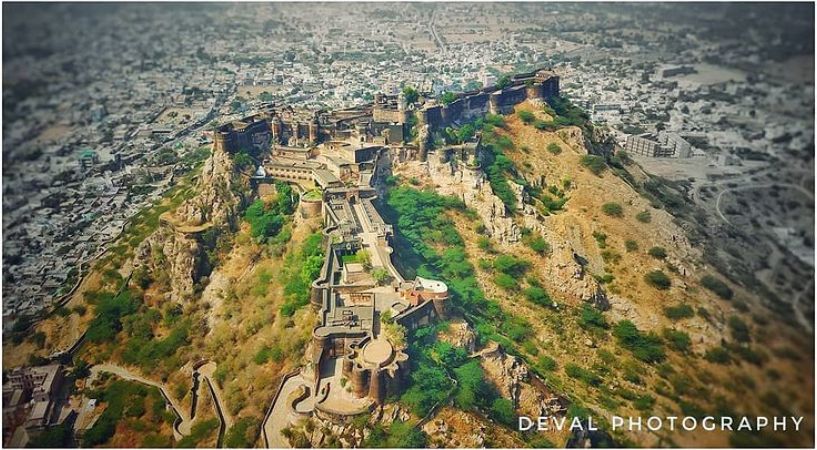
Conclusion
It’s time to explore the royal land of Rajasthan, taking a majestic trip down the corridors of ancient forts and palaces!


